 |
|
CST-100 Starliner Orbital Flight Test (Atlas V) 20 September 2019 |
Space Launch Complex 41 Cape Canaveral Air Force Station |
The Orbital Flight Test of Boeing’s CST-100 Starliner spacecraft launched aboard a United Launch Alliance Atlas V rocket at 6:36 a.m. on 20 December 2019 from Space Launch Complex 41 at Cape Canaveral Air Force Station. Starliner was developed under an initiative of NASA’s Commercial Crew Program for private companies to develop spacecraft that NASA will pay the commercial company to use. In this case, NASA will eventually use Starliner to transport astronauts and supplies to the International Space Station. The Atlas V rocket was equipped with two solid rocket boosters along with a dual-engine Centaur upper stage so that the rocket can fly a flatter trajectory to ensure Starliner can execute an abort at any time to bring the astronauts back to Earth safely if a problem occurs along with a limited acceleration rate to manage the G-force experienced by the astronauts aboard. The objectives of the Orbital Flight Test as presented in a Boeing pre-launch press release including an addition giving the meaning behind Starliner’s designation: Demonstrate on-orbit operation of the:
The CST-100 Starliner is Boeing’s commercial crew transportation spacecraft. CST stands for Crew Space Transportation and 100 represents the Kármán line, the unofficial line separating Earth and space at an altitude of 100 kilometers. |
|
The launch at 6:36 a.m. |
|
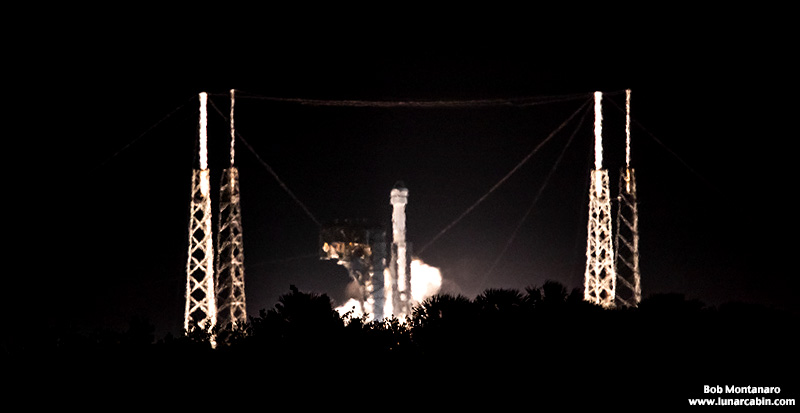 |
|
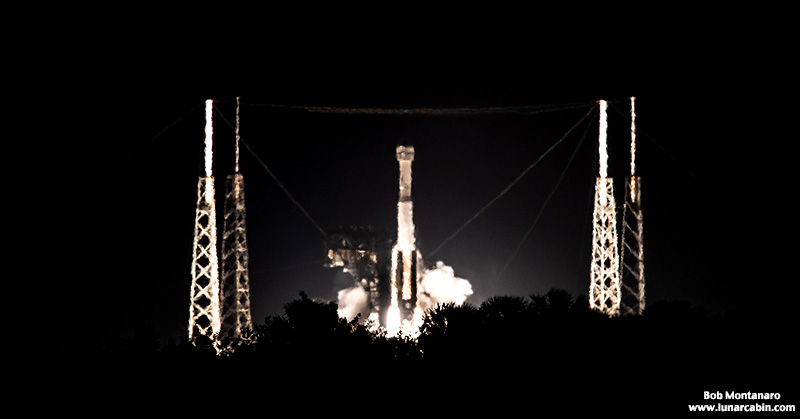 |
|
 |
|
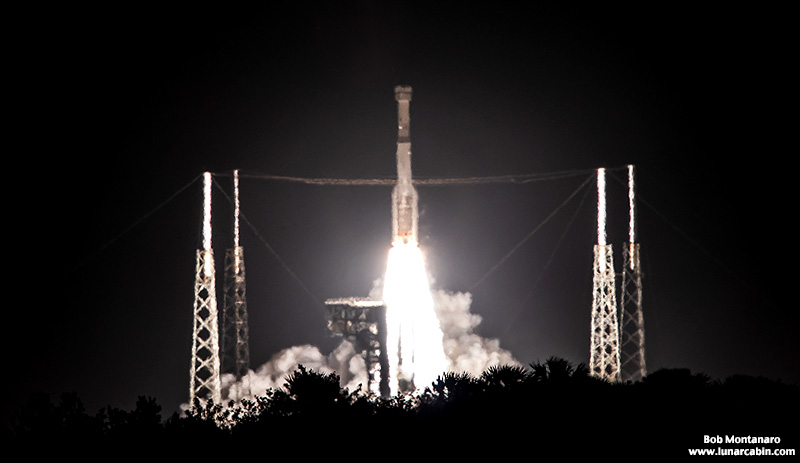 |
|
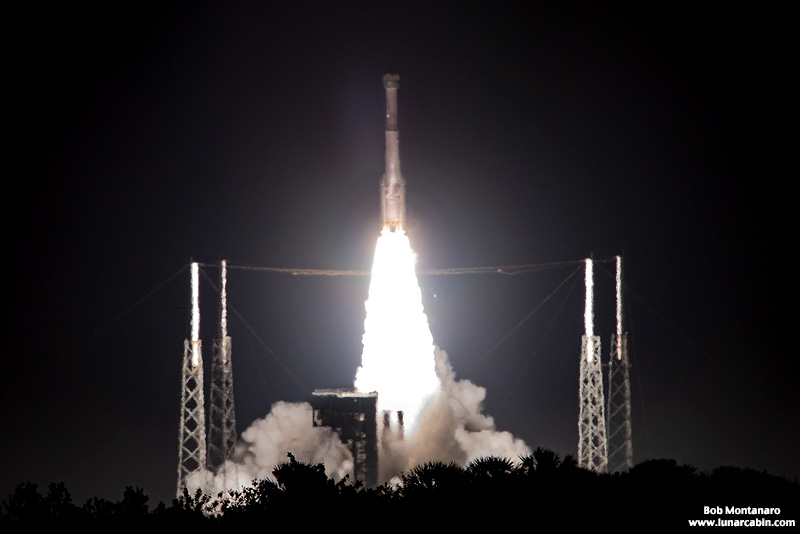 |
|
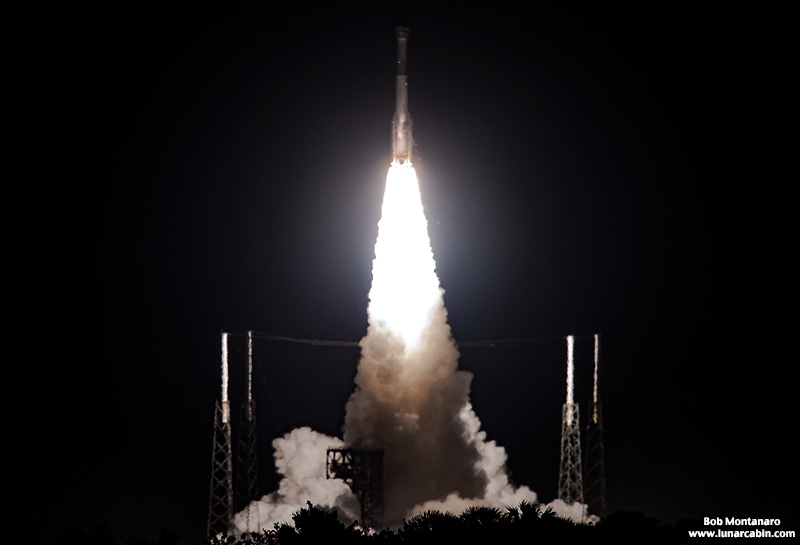 |
|
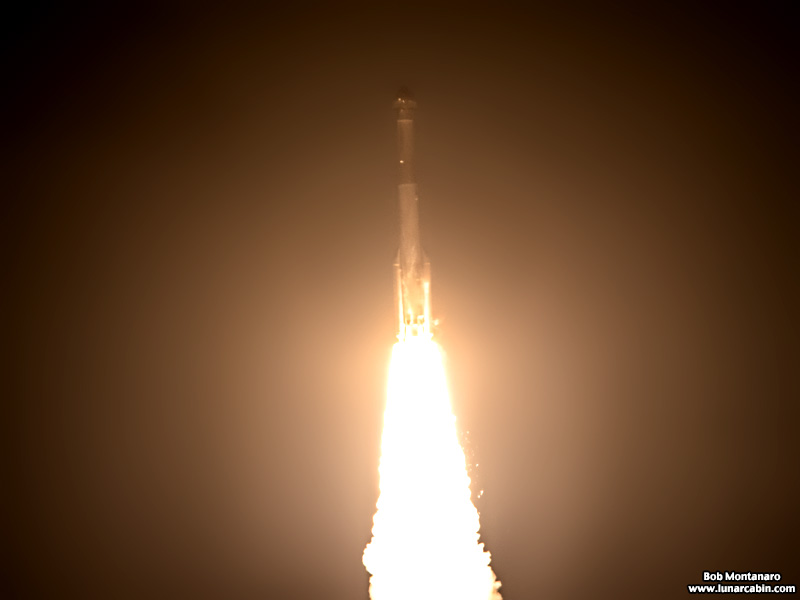 |
|
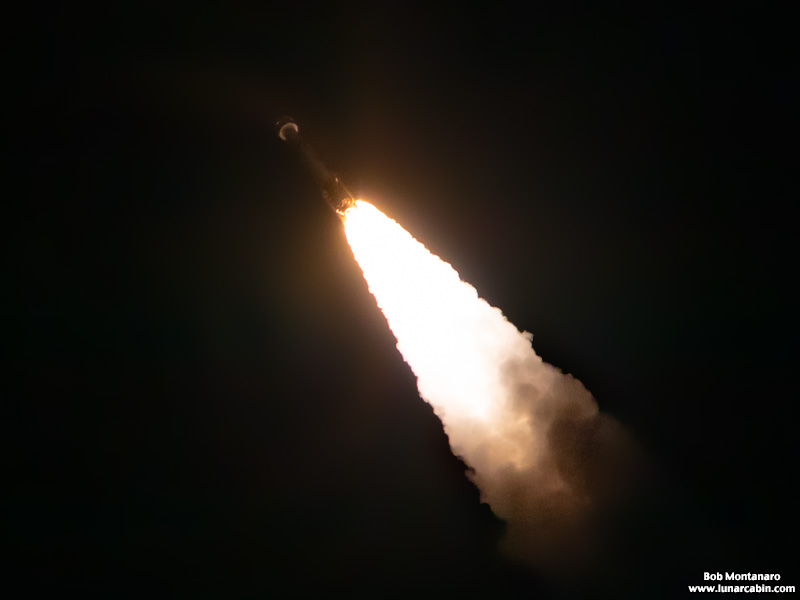 |
|
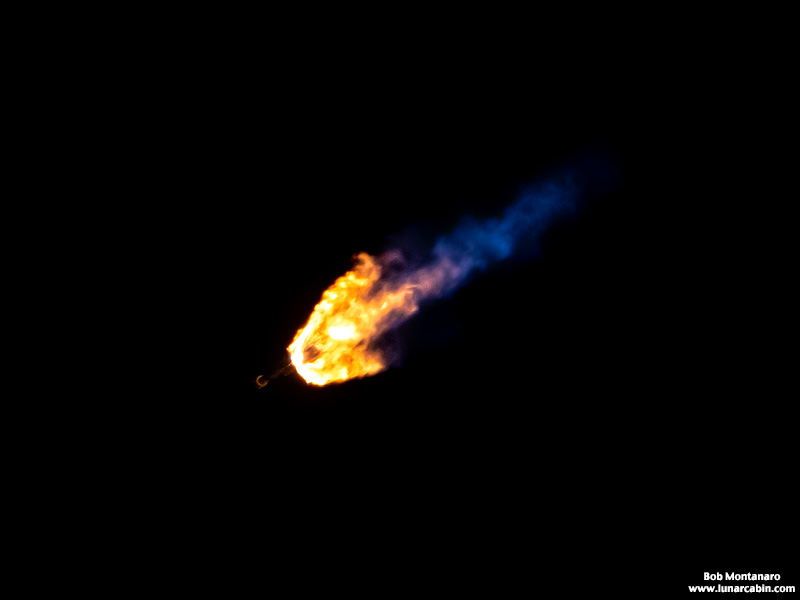 |
|
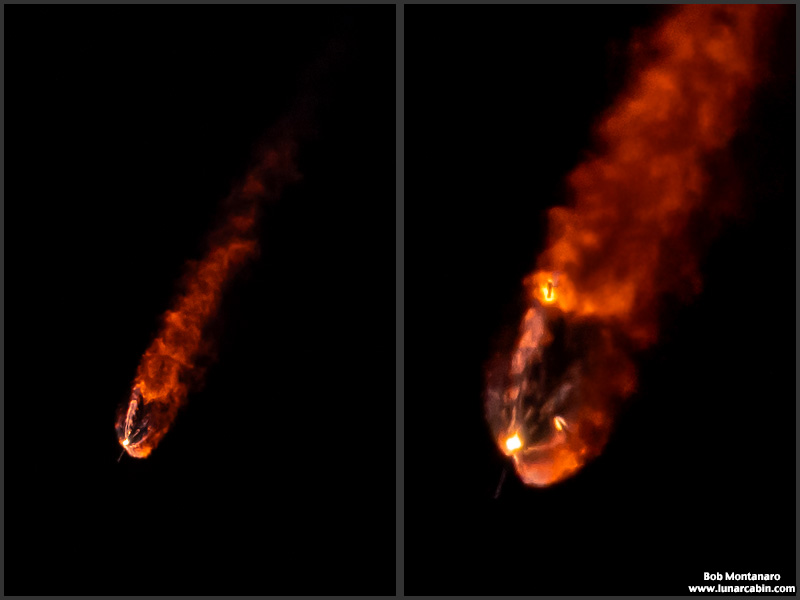 |
|
| Separation of the solid rocket boosters. In the above image at right, the boosters can be seen highlighted by flames as they tumble through the fiery first stage booster exhaust. | |
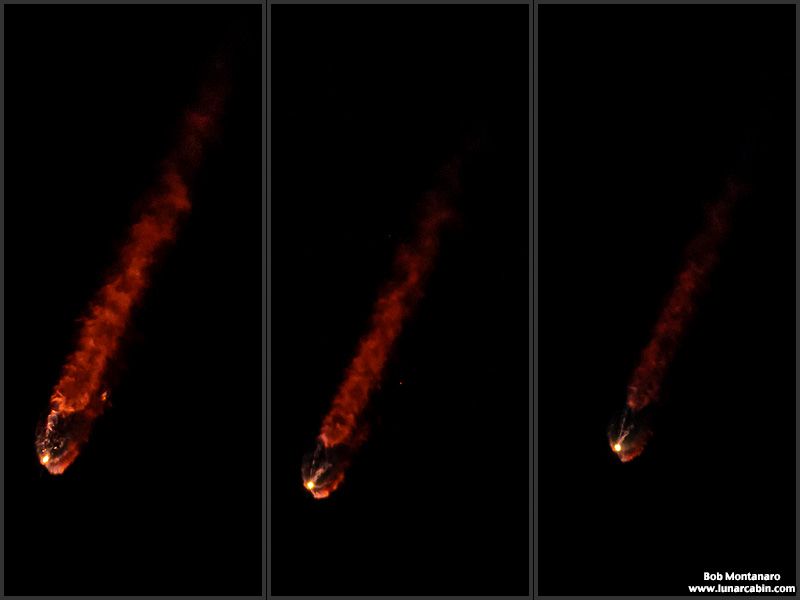 |
|
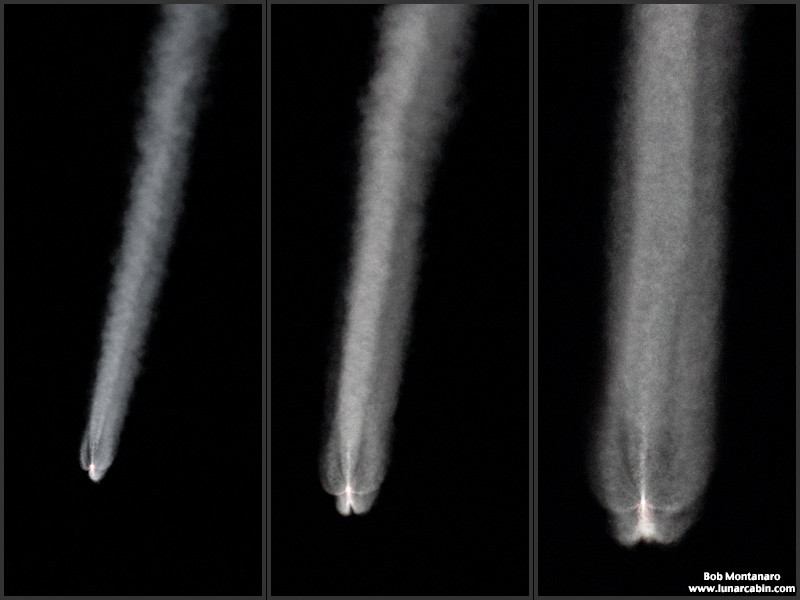 |
|
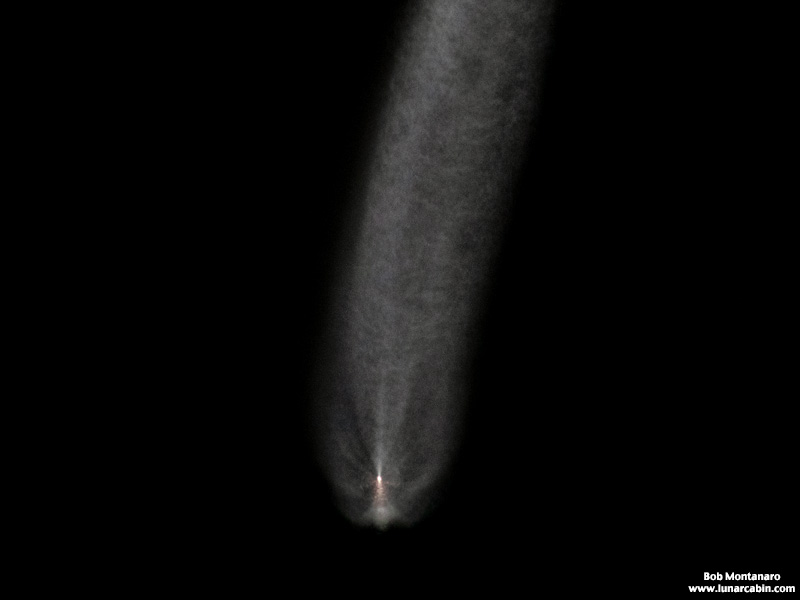 |
|
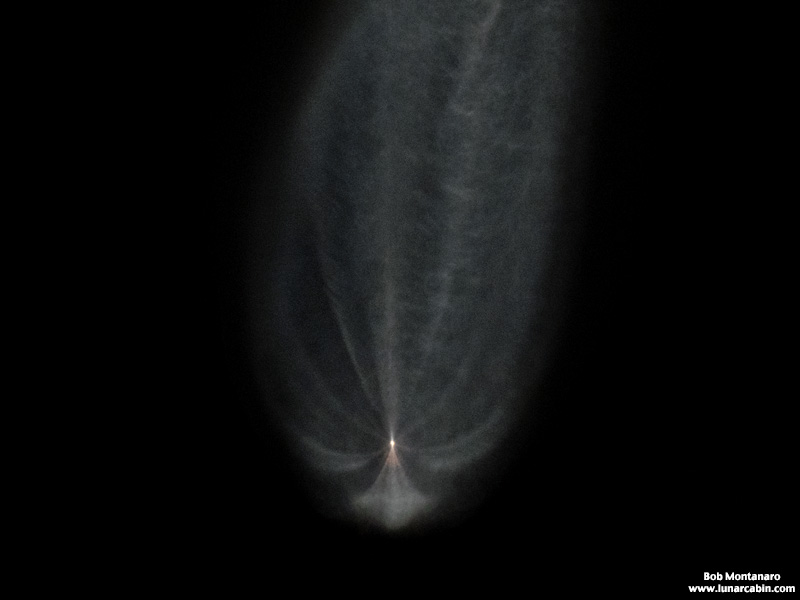 |
|
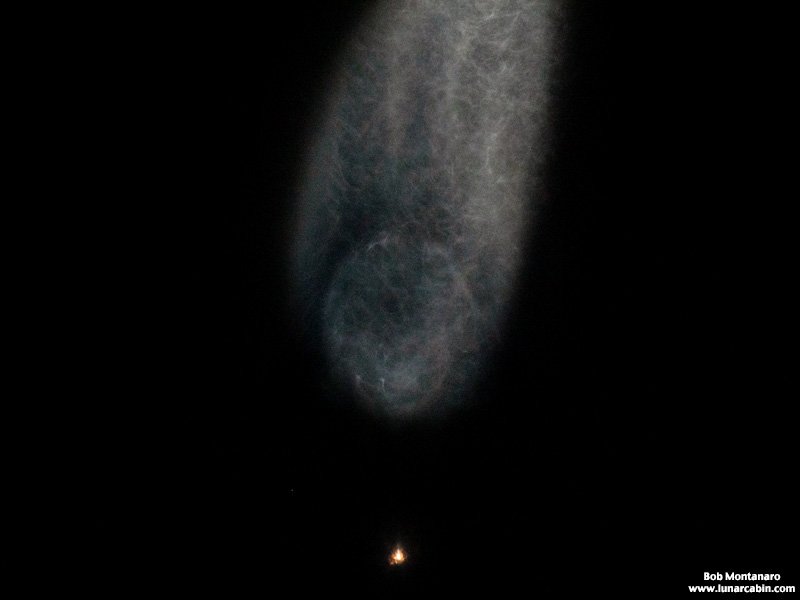 |
|
Ignition of the Centaur dual-engine second stage following first stage booster separation. |
|
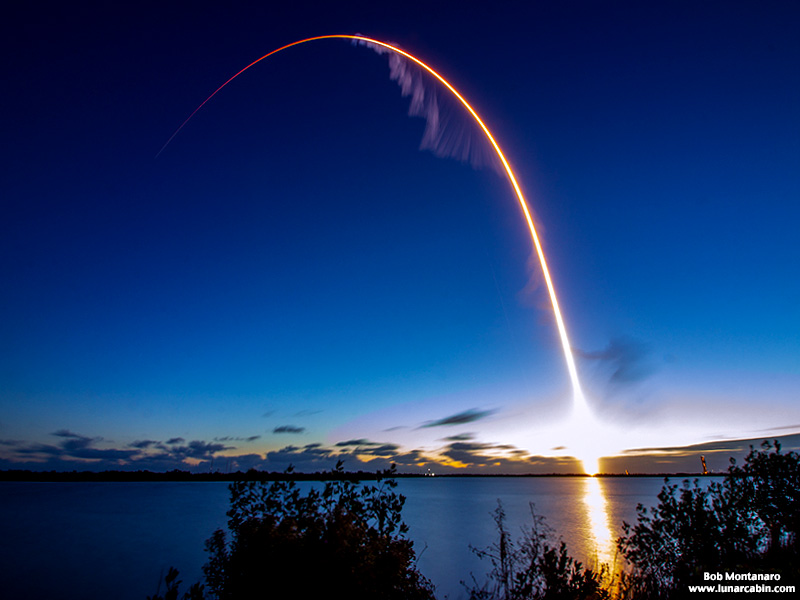 |
|
Time exposure of the launch. |
|
| A time lapse video of the CST-100 Starliner Orbital Test Flight launch. The image is uncentered due to the hope of catching more of the north-east trajectory than the camera actually saw. | |
MISSION STATUS UPDATE FROM BOEING |
|
| December 20, 2019, 11:35 a.m The CST-100 Starliner is in a safe, stable orbit after an anomaly this morning following launch and spacecraft separation from the Atlas V. The anomaly appears to have been the result of a mission elapsed timer (MET) using an unexpected time line, which delayed orbital insertion thruster firings, putting Starliner in an unplanned orbit. Further root cause analysis is needed. The Boeing flight control team quickly took action to place Starliner into an orbit that supports a safe landing at White Sands Missile Range in New Mexico. The combined Boeing and NASA team now plan to work together to define test flight objectives for the remainder of the mission, while preparing for the Starliner landing. At this time, we do not expect the Starliner to dock at the International Space Station on this flight. We are proud of the team for their professionalism and quick action to protect the vehicle and enable a safe return. We look forward to reviewing and learning from the data that has been generated from this mission so far. |
|
Mission artwork by United Launch Alliance |
|
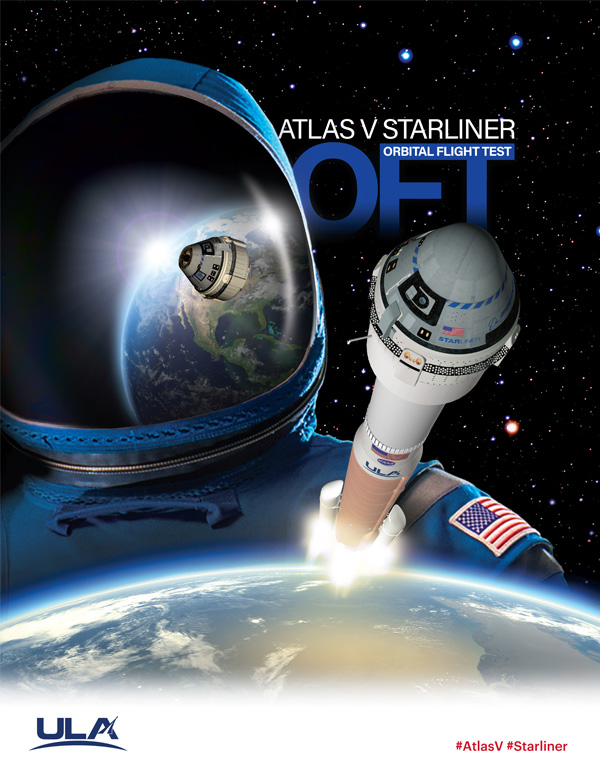 |
|
All contents copyright Lunar Cabin |
|